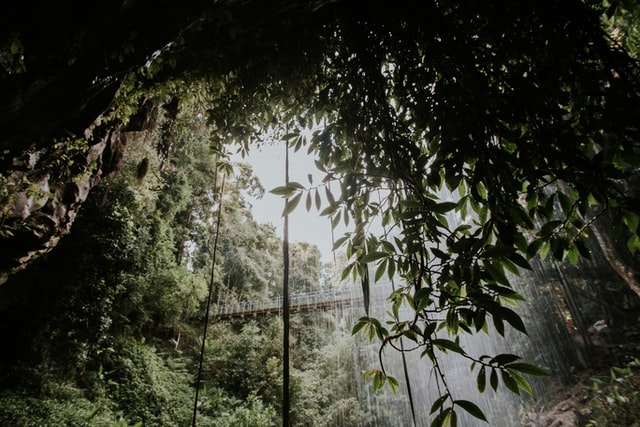[mc4wp_form id=”2320″]
What You Need to Know about Creating a Rain Garden
-
June 9, 2021
- Posted by: Admin

An outdoor space is a great feature to have in the home because it is the perfect venue for relaxation, fitness, recreation, and other activities. It can be enhanced further with a rain garden. Aside from adding beauty and value to your home, it can serve as an excellent habitat for birds and butterflies.
Many homeowners miss out on the benefits offered by a rain garden because of common misconceptions. For example, some say that it looks weedy, breeds mosquitoes, and goes in soggy areas in your yard. Learn more about the truth and what makes it an excellent addition to your house through this guide.
What Is a Rain Garden?
A rain garden is a designed landscape planted with native shrubs, perennials, and flowers. It collects, filters, and holds rainwater from roofs, pavements, patios, and other waterlogged areas. It seeps back into the ground and prevents it from reaching waterways.
Installing a rain garden is vital because it plays a significant role in guiding water flow to prevent runoffs and the entry of nonpoint source pollutants, which are contaminants picked up by the water. This includes gasoline, motor oil, pet waste, fertilizer, and more.
What Are the Characteristics of a Rain Garden?
A rain garden is a specialized garden that reduces runoff. It is placed where it can collect water. It also has plants of native species because native plants can control erosion by increasing the recharge rate of water and stabilizing soils. In addition, it must recharge groundwater, which means it has to drain within 24 hours after a storm.
How Does a Rain Garden Work?
A rain garden serves as an artificial depression or creates a channel so water will be collected and absorbed by the ground. To determine the depth of the depression and the size of the rain garden, consider the amount of runoff. Native plants with deep root systems will be added to help with absorption.
What Should I Consider Before Building a Rain Garden?
Creating a functional and aesthetically pleasing rain garden requires some planning and preparation. Here are some factors to consider before making one:
Budget
The amount of money you will spend depends on the size of your garden. In general, expect to spend five dollars a square foot.
In addition, since most of your budget will be spent on plants, do your research and be wise in choosing native plants. Explore nurseries in your area or grow your own from seed. If you are not confident about your skills in installing the rain garden yourself, reach out to experienced landscapers for assistance.
Site selection
Site selection is crucial when planning your rain garden. To ensure your garden is functional, put it somewhere between two impervious surfaces, like a lawn, street, or roof. Avoid places that get no water or too much water.
Planning
Finally, it’s time to design and layout your rain garden. This process involves determining its depth and size, estimating the runoff amount, and using the soil percolation test. Don’t forget that plant placing is important, so consider hiring a professional landscaping company to ensure optimum plant health.
Conclusion
A rain garden helps create a healthy environment and maintain a safe source of water. By installing one in your community, you can practice environmental stewardship. When planning and creating your own garden, remember the information above and work with professionals like us.
At Classic Landscapes, we specialize in design and construction in landscaping in Winnipeg. We work closely with you and offer a wide variety of projects and services to cater to your needs. Work with us today by contacting our team at 204-996-5386.
